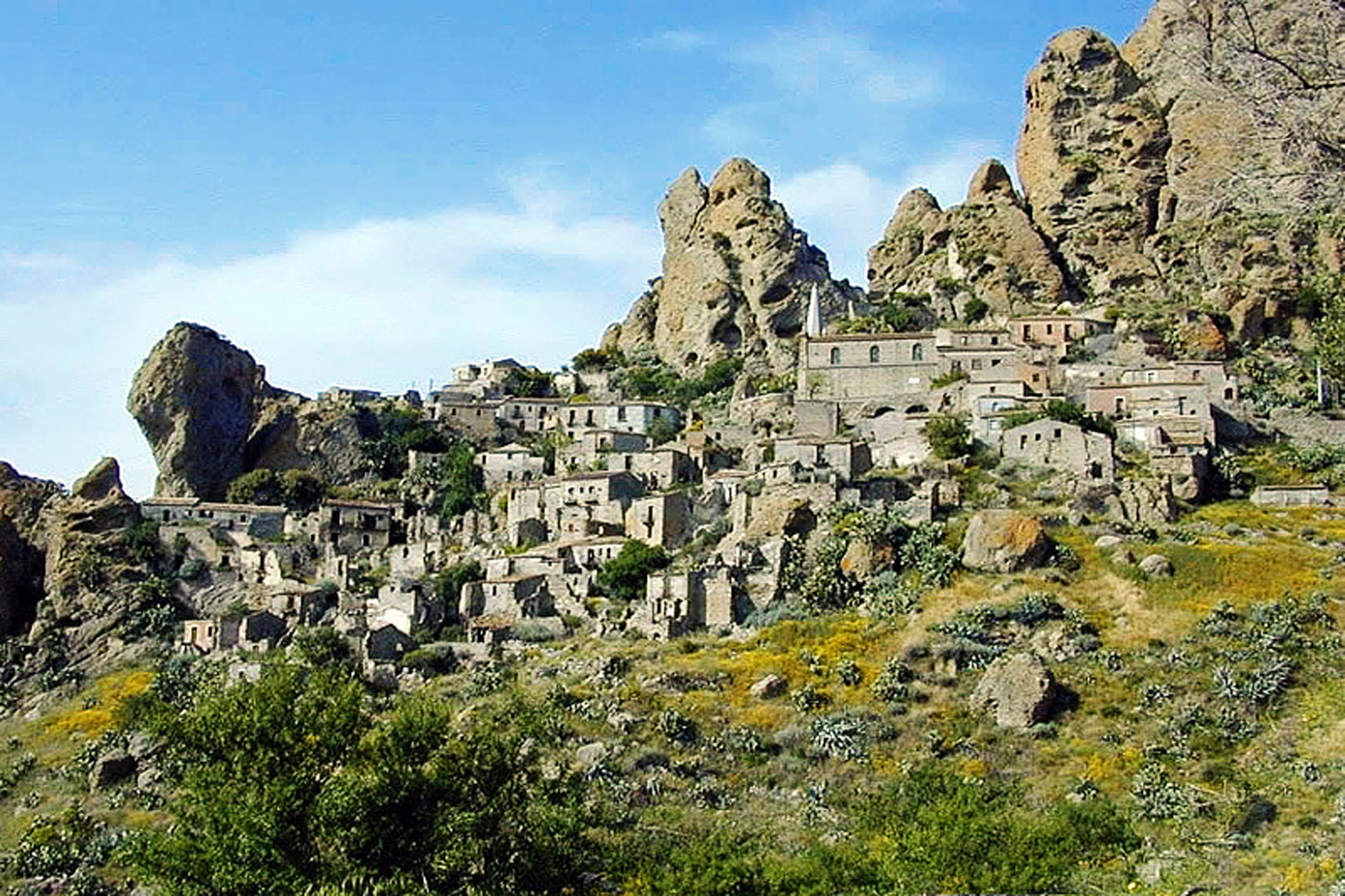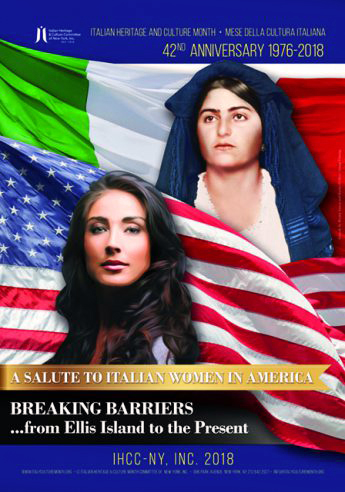We hope that you have enjoyed our Food, Wine and Travels articles on the Christmas Season in Italy. The Italian Tribune now returns to continuing features on the provinces of Italy. This week we head to the very tip of the peninsula to the Province of Reggio Calabria.
In the southernmost point of the region of Calabria lies the province of Reggio Calabria. It is separated from the island of Sicily by the Strait of Messina. To the west lies the Tyrrhenian Sea and to the south and southeast lies the Ionian Sea. To the northeast lies the province of Catanzaro and to the northwest, the province of Vibo Valentia.
The province has three distinct terrains. Near the west it is mountainous, with the Aspromonte massif rising to a height of over 6,400. This area is part of the Aspromonte National Park. This strip of granite crystalline resembles a giant pyramid and was thrust up from the sea by plate tectonics. It contains many sedimentary deposits of plants and animals from millions of years ago. The Park territory is deeply marked by creeks and streams and is the home to many species of wildlife including wolves, the Peregrine Falcon, the Eagle Owl, and the Goshawk. One of the ancient towns in the area is Pentedattilo. Located on the Monte Calvario, a mountain whose shapes once resembled that of five fingers, it became a ghost town after devastating earthquakes threatened it foundations. The town remained totally uninhabited for decades until volunteers from across Europe began to restore and now repopulate the town.
The active geological activity in the area caused a massive earthquake to the area in 1908, called The Earthquake of Messina. The town of Reggio and other parts of the province, as well as Messina and parts of Sicily, were devastated. This was followed by a series of tsunamis that wreaked further damage. The town was rebuilt to elegant plans and for a port city, it is a surprisingly pleasant and amiable place. Although busy with traffic, it enjoys a perfectly lovely setting. Reggio is a transport hub for ferry services to Sicily, but it is also famous for its archaeological museum. However, the most important tourist attractions in Reggio are not from the city itself. The two famous bronze statues in the Museo Nazionale in Reggio were found in the sea fifty miles away, near a village after which they are named: the Riace Bronzes, the Bronzi di Riace. These are larger than life-size sculptures of heroic warriors; there is speculation about their origins, creator and significance, but whatever their story, the two heroes are beautiful and rare mementoes from the past. As well as the Riace Bronzes, the museum holds a superb collection of exhibits from Rhegion and other sites in Calabria, including Locri. The bronze statues are in place of pride in a room shared with another lovely bronze sculpture, the head of a philosopher. The museum is located on Piazza de Nava, at the northern end of the town center, close to the seafront. Reggio Calabria’s greatest pride, after the statues, is its long panoramic seafront. This long wide promenade is a pleasant place to stroll while admiring the view over the sea to Sicily. At a lower level and right on the shore is another walk where there is a beach, from there you can sometimes see the famous phenomenon called the Fata Morgana, which is a mirage which shimmers in the air over the sea.
Other tourist attractions include the municipal art gallery (Pinacoteca Civica), the Duomo, which was rebuilt after the 1908 earthquake and the Villa Comunale public gardens. Reggio’s principal thoroughfare is Corso Garibaldi, running parallel to the seafront a few streets inland, and the central square is Piazza Italia.
The area is also famous for the production of the famous Bergamot orange. Production mostly is limited to the Ionian coastal region of the province of Calabria in Italy to such an extent that it is a symbol of the entire region. The orange is used in many application, from flavoring teas and candy to hand creams.
Scilla is a stunningly-located fishing village at the very southern tip of the province. At the water’s edge is a rocky spur topped with an ancient fortress that separates two narrow strips of seashore hemmed in by steep hillsides. Scilla is squeezed into this restricted and picturesque landscape. It makes for an unforgettable sight. The town’s name comes directly from ancient myths; it is traditionally the home of the fearsome monster Scylla who, along with Charybdis (who stayed across the sea in Sicily) guarded the narrow Strait of Messina and menaced Odysseus/Ulysses as he sailed by. The origins of the town’s famous castle are said to date back to the time Ulysses. Even if you don’t believe the mythological connections, the geography of Scilla’s castle location has been an important site for millennia. The town has three parts – the beach resort of Marina Grande, the castle and administrative center of town, San Giorgio, which is located on the higher ground behind, and the fishermen’s district, Chianalea.
When you visit, a trip to the castle is a must. You must ascend a flight of steps, or the winding road up towards the castle promontory. The Castello Ruffo, is open to the public. Various parts of the old fortifications can be explored and some exposed ruins give an idea of the history which must lie beneath the walls and foundations of today’s castle. At various times this spot has been a fortress, a home, a lighthouse and a monastery. From the castle there are views of Sicily, the Calabrian coast and – on a clear day – of the Aeolian Islands.
Also worth a visit is Chianalea which is nestled on a narrow strip of land. It is an ancient fishermen’s settlement with an atmosphere all of its own. The cramped houses here are built right against the sea, with waves washing up to their walls and with little fishing boats drawn up on tiny slipways. Chianalea is listed as one of the ‘Borghi più belli d’Italia’ – ‘most beautiful villages in Italy’.





